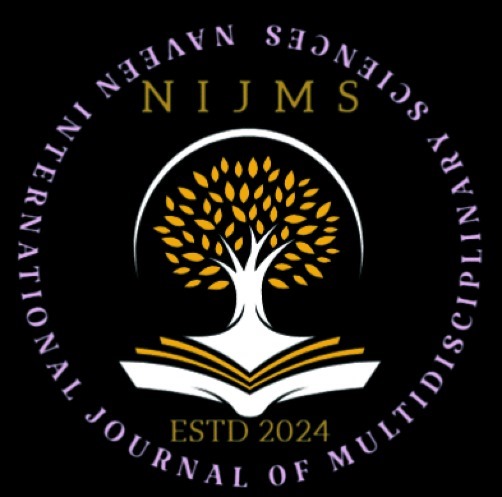Deaf Education and Sign Language: Strategies, Challenges, and Benefits
DOI:
https://doi.org/10.71126/nijms.v1i3.26Keywords:
Deaf education, Sign language, American Sign Language (ASL), Cochlear implantsAbstract
Deaf education focuses on teaching strategies and support systems designed to meet the unique needs of students who are deaf or hard of hearing, ensuring they have equal access to education and opportunities as their hearing peers. Key aspects include various communication methods such as American Sign Language (ASL), oral/verbal communication, cued speech, and total communication; educational approaches like mainstreaming, self-contained classrooms, and deaf schools; and the use of technology like hearing aids, cochlear implants, and FM systems. Curriculum and language development prioritize strong language skills in ASL or spoken language, literacy, and social-emotional support. Challenges faced by deaf students include language delays, social isolation, and cultural identity issues. Legislation like the Americans with Disabilities Act (ADA) and Individuals with Disabilities Education Act (IDEA) ensure accommodations and appropriate education for deaf students. Future directions emphasize inclusion, accessibility, and cultural awareness. Sign language, a visual language used by the Deaf community, relies on hand shapes, facial expressions, body movements, and gestures to represent words, concepts, and emotions. It has its own grammar, syntax, and regional variations. Learning sign language promotes inclusivity and bridges communication gaps, offering numerous benefits for deaf children's language development, emotional and social well-being, academic outcomes, family bonding, and cultural identity.
Downloads
Published
Issue
Section
License
Copyright (c) 2025 Naveen International Journal of Multidisciplinary Sciences (NIJMS)

This work is licensed under a Creative Commons Attribution-NonCommercial 4.0 International License.









